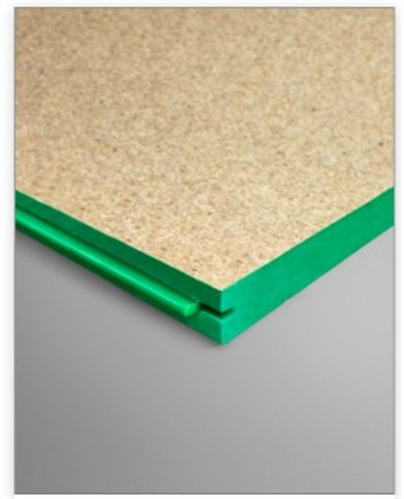FLOORING PARTICLEBOARD (T&G) GENERAL PURPOSE (MR) 3600 x 900 x 19mm

FLOORING PARTICLEBOARD (T&G) GENERAL PURPOSE (GP) 3600 x 900 x 19mm
| Weight (KG) | |
| Volume (M3) |
Click here to view the full Shipping Details and Returns Policy.

FLOORING PARTICLEBOARD (T&G) GENERAL PURPOSE (GP) 3600 x 900 x 19mm
| Weight (KG) | |
| Volume (M3) |
Click here to view the full Shipping Details and Returns Policy.